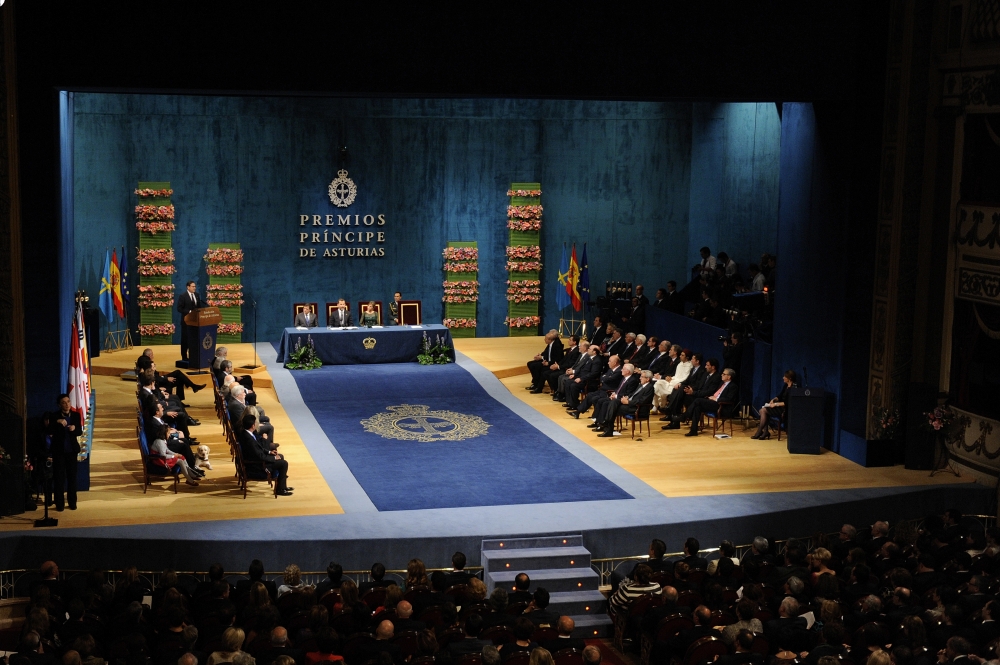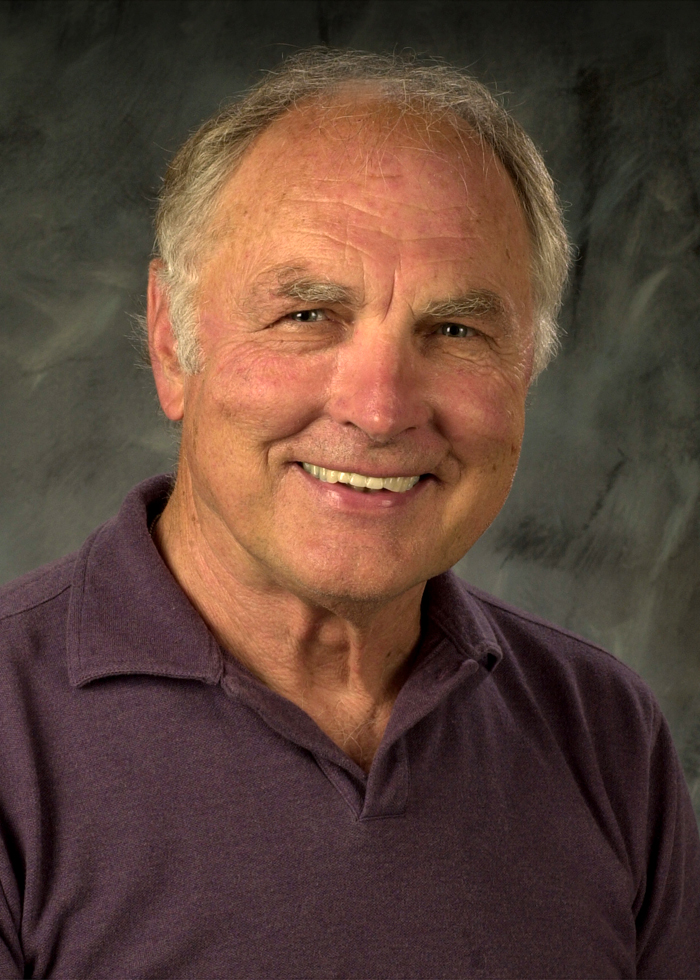
Royal Recognition

UC Santa Barbara Professor Galen Stucky is one of three awardees for the 2014 Prince of Asturias Award for Technical and Scientific Research. The Spanish award is one of several given each year by the Prince of Asturias Foundation to individuals, institutions or groups who excel in and contribute to the fields of science, culture and “humanistic values that form part of the universal heritage of humanity.” Stucky receives this award alongside chemistry professors Avelino Corma Canós of the Spanish National Research Council (CSIC) and Mark E. Davis of the California Institute of Technology.
“This is wonderful news,” said UCSB Chancellor Henry T. Yang in his congratulations to Stucky. “This is yet another highly prestigious recognition of your renowned research accomplishments, including your advances in interface chemistry and photovoltaic composite systems, in which our campus can share great pride.”
According to the foundation, the chemists “are on the cutting edge worldwide in the creation of new materials, specifically microporous and the mesoporous materials,” the research from which has direct applications in various fields such as the reduction of pollutant emissions and petroleum refinement. Microporous and mesoporous materials are solids with pores up to 2 nanometers (micro), or from 2 to 50 nanometers (meso), the porosity of which have a specific impact on the properties of the material or their application.
“The 2014 Prince of Asturias Award for Technical and Scientific Research to Professors Corma and Davis and myself honors the global scientific and technological impact of research in the area of microporous and mesoporous materials,” said Stucky. “I wish to thank many students and colleagues for their contributions to the research over the years, and my family for their longtime support and patience.”
Previous winners of the Prince of Asturias Award for Technical and Scientific Research include noted scientists such as primatologist and anthropologist Jane Goodall (2003); and Peter Higgs, François Englert and CERN — the scientists behind the recent discovery of the Higgs boson (2013). In 2008, UCSB Engineering Professor Shuji Nakamura, credited with the breakthrough invention of the blue LED light, received the award.
Stucky joined the UCSB faculty in 1985, serving as a professor in the Departments of Chemistry and Biochemistry, and in Materials. He is also a member of the Biomolecular Science and Engineering Program. He was appointed the E. Khashoggi Industries, LLC Professor in Letters and Science in 2006. Stucky obtained his Ph.D. in Physical Chemistry from R.E. Rundle at Iowa State University in 1962.
Stucky, a Fellow of the American Association for the Advancement of Science since 1994, is the recipient of numerous awards, including the Humboldt Research Prize in 2000; the American Chemical Society Award in Chemistry of Materials in 2002; the International Mesostructured Materials Association Award in 2004; and fellowship in the American Academy of Arts and Sciences in 2005. He was elected to the National Academy of Sciences in 2013.
“The three researchers have made truly remarkable contributions to the design and methods of synthesis of these materials, the study of their properties and the development of their applications in very diverse fields,” according to the Prince of Asturias Foundation. “These include the petrochemical industry, biodegradable plastics and water treatment, improved food quality, new medicines and revolutionary healthcare materials, optoelectronic materials, emission reducing elements and, in short, a broad range of activities in society.”
Prince Felipe of Spain will present the awards in a ceremony in the Spanish town of Oviedo on Oct. 24, 2014.
The Prince of Asturias Awards were created in 1981 as a symbol of the goals and nature of the Prince of Asturias Foundation and take their name from the title passed down through history to the heir to the Spanish throne. Aimed at rewarding the scientific, technical, cultural, social and humanitarian work carried out at an international level by individuals, institutions or groups of individuals or institutions, they are bestowed in eight categories: Arts, Literature, Social Sciences, Communication and Humanities, Technical and Scientific Research, International Cooperation, Concord and Sports.



